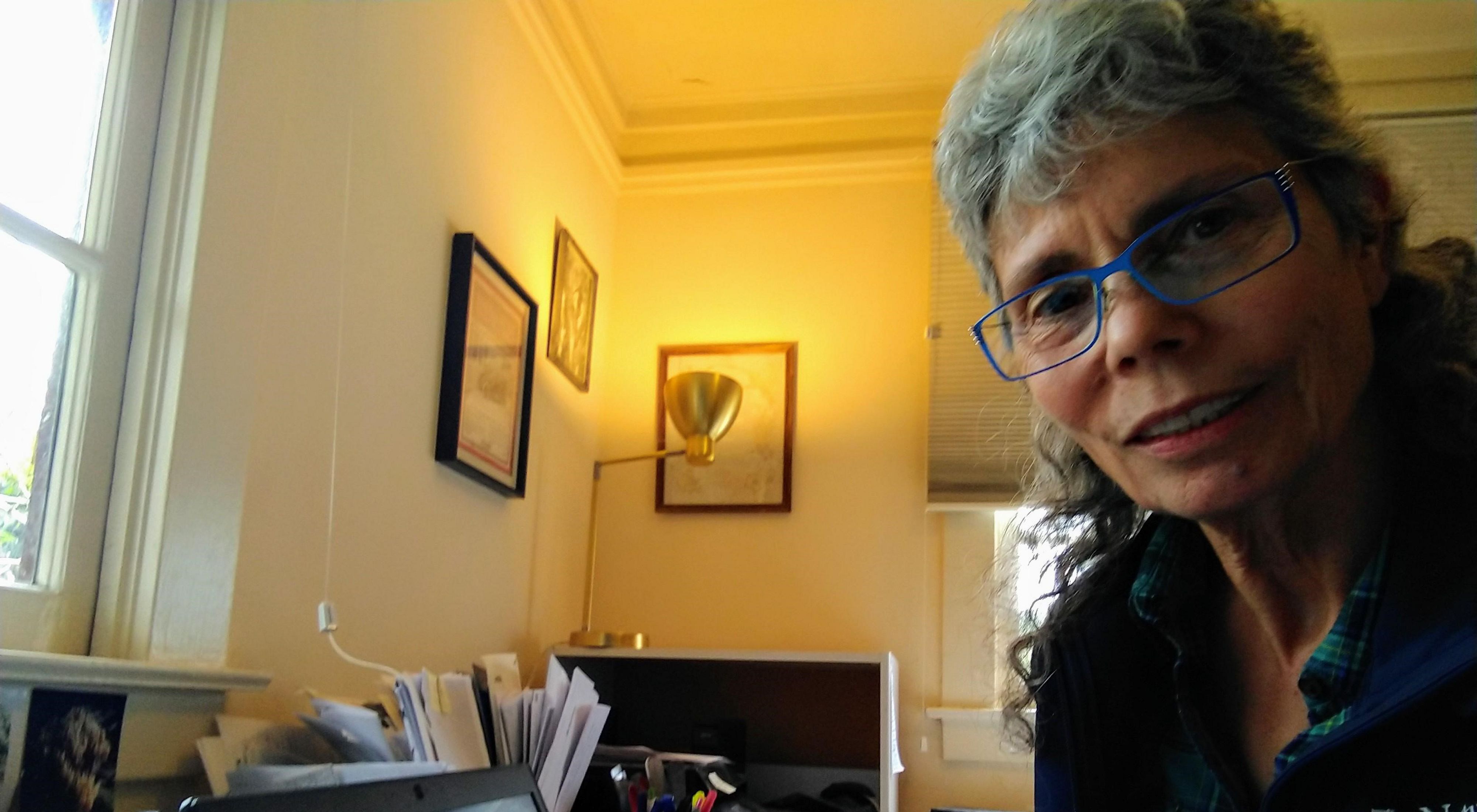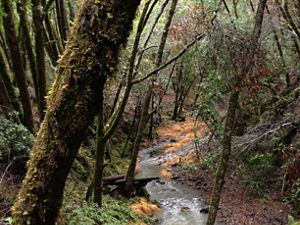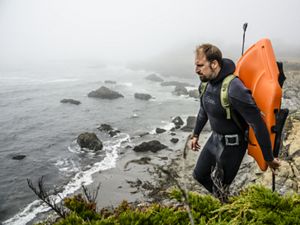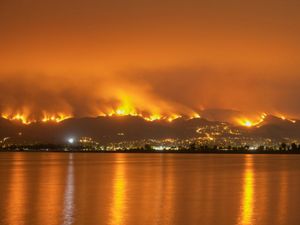Celebrating Lynn Lozier
An interview with TNC California’s longest tenured employee.
Lynn Lozier has been with TNC for 44 years. She’s worked as a land steward, an ecologist and a program director. She now manages the oversight and monitoring of the California Chapter’s 150 conservation easements and 50 preserve properties. Lozier has helped guide TNC’s evolution from a land trust to a conservation innovator.
As she looks back on her career, it’s the willingness to embrace new ideas, even when the road ahead is unclear, that has made the organization what it is today.

Lozier describes our chapter’s first steps into landscape-scale conservation.
“In the early 1980s, we [TNC California] had just completed our first capital campaign—the first capital campaign for land conservation—which raised $4 million in private philanthropy. That was unheard of at the time. We used the money to secure 11 properties that we’d identified as the best examples of natural communities unique to California but not protected anywhere else in the state. Then we did what all conservation organizations were doing and put a fence around it."
How and when did that practice change?
“These decades were an especially exciting time to be in conservation because TNC was co-evolving alongside a new scientific field: conservation biology. This whole new discipline was focusing on what conservationists needed to do to keep species from going extinct. And keeping habitats connected was one of the most important things we could do.
"We realized that our preserves needed to be in a network much more than they needed to be fenced. This was the beginning of landscape-scale conservation."
How did partnership enter the equation?
"We started working with owners and managers of the land that connected our properties, and we learned a lot from them because—guess what—they knew a thing or two about their land. We found ways to connect but also big gaps, like along the Sacramento River, and that’s when the concept of restoration entered the conversation. A few years later, we became another economic driver in that agricultural community, hiring field crews to replant native species.
“For me, this is the most exciting thing about TNC: our willingness to step into the unknown. But to do that, we’ve needed donors who are willing to take a chance.”
When asked about the next challenge TNC will tackle, Lozier turned to climate change.
“It’s like any conservation challenge: You address it on a lot of fronts. I am proud of the fact that we worked with Fran Pavley to write the first climate legislation on the planet here in California. When it comes to this issue, we have a whole world of stakeholders.”
Make a Difference in California
Nature is our solution. Protecting it is our mission. Join Us.



